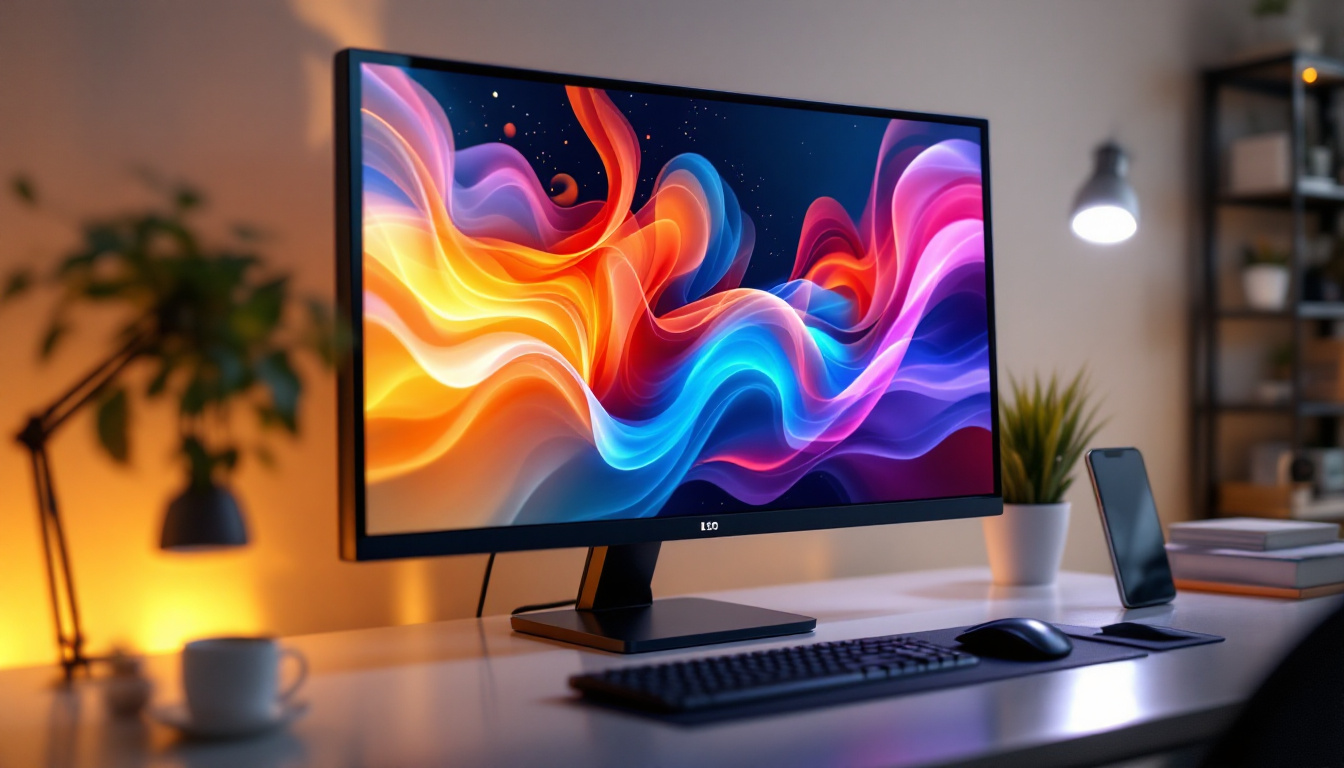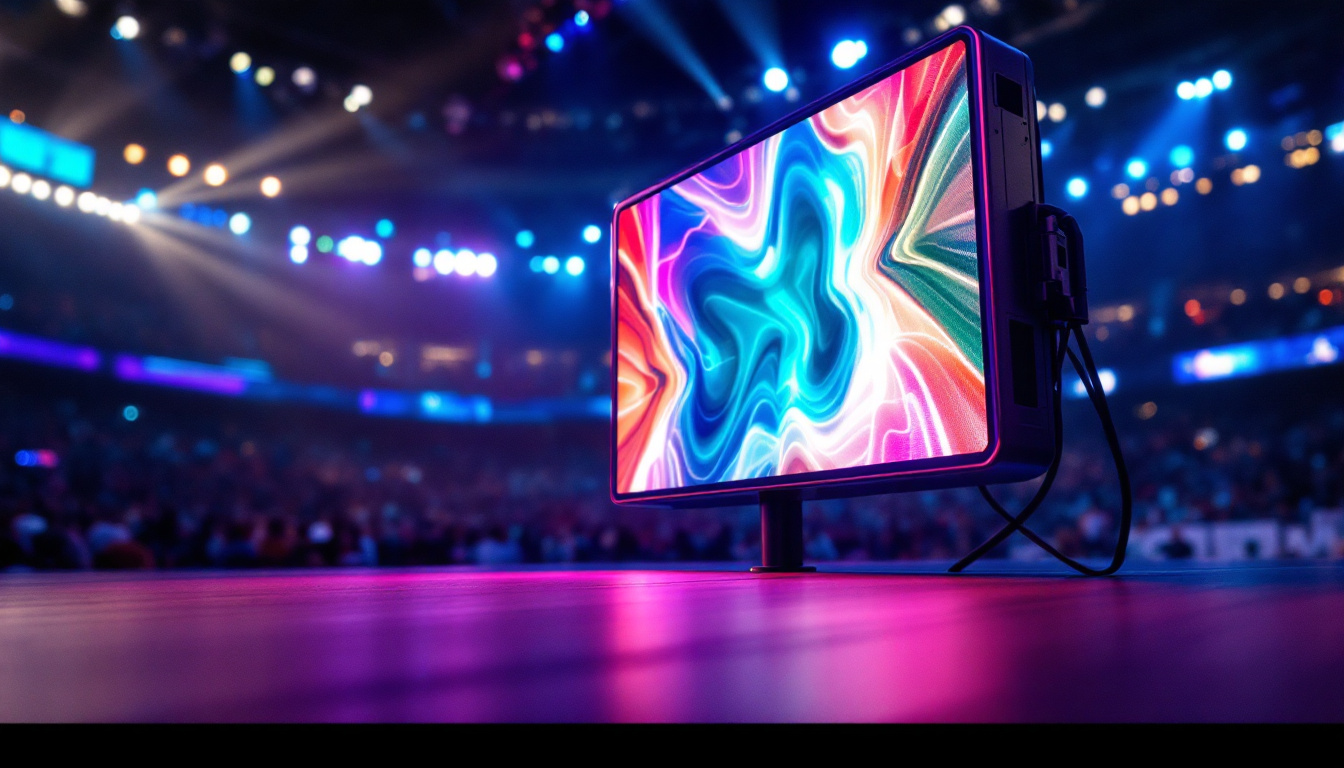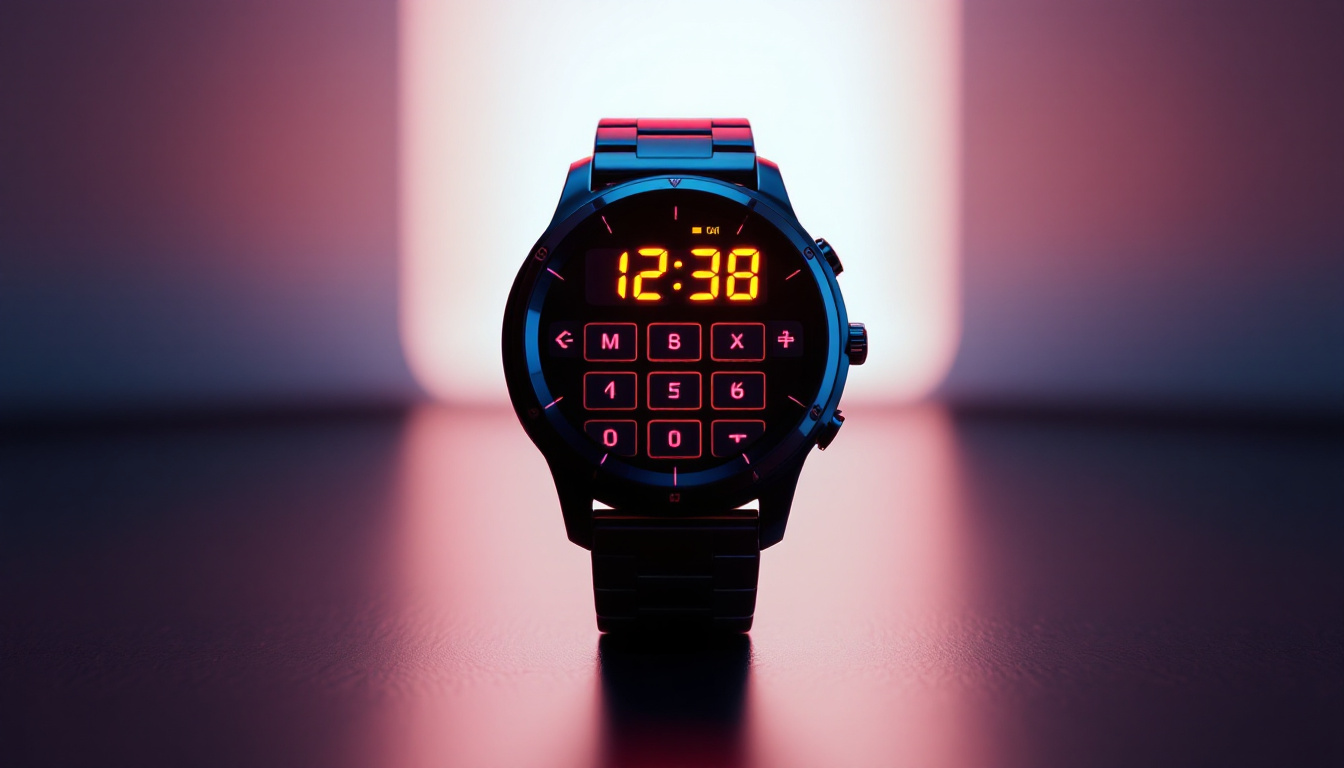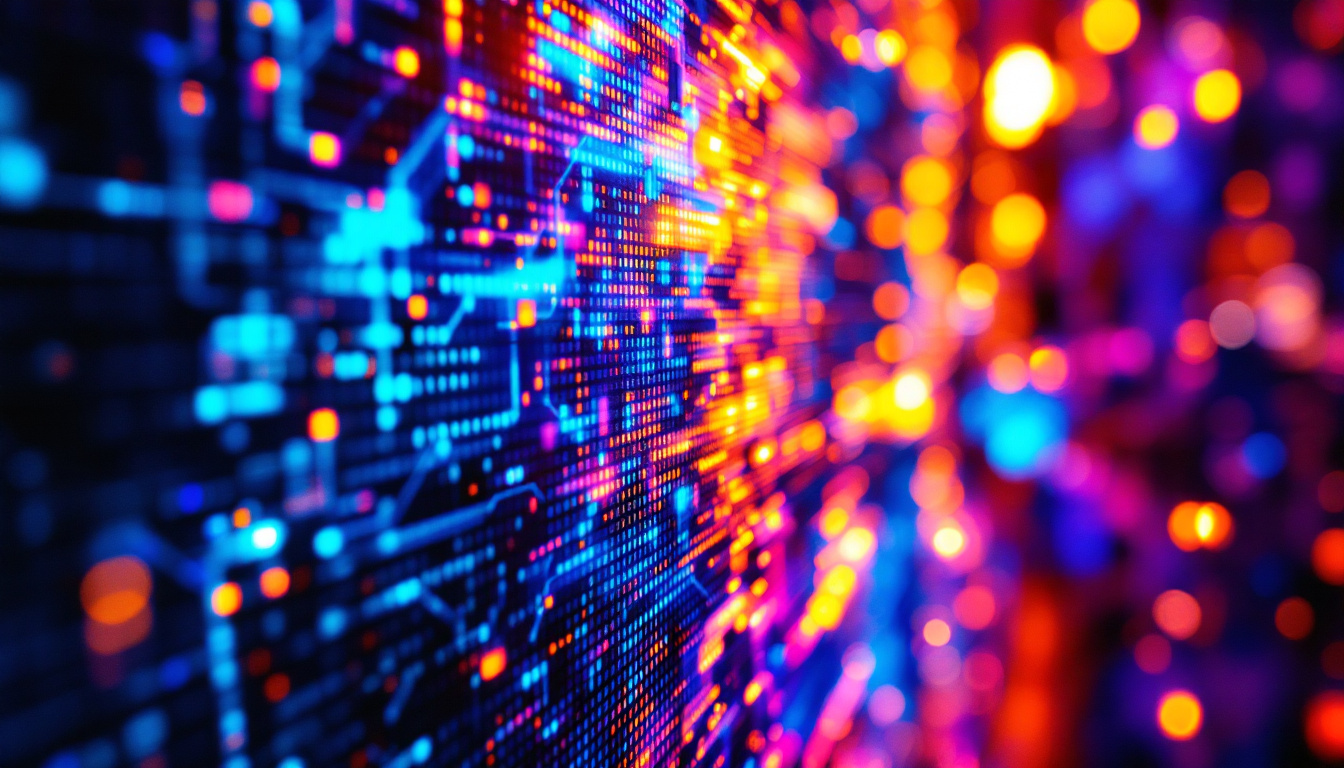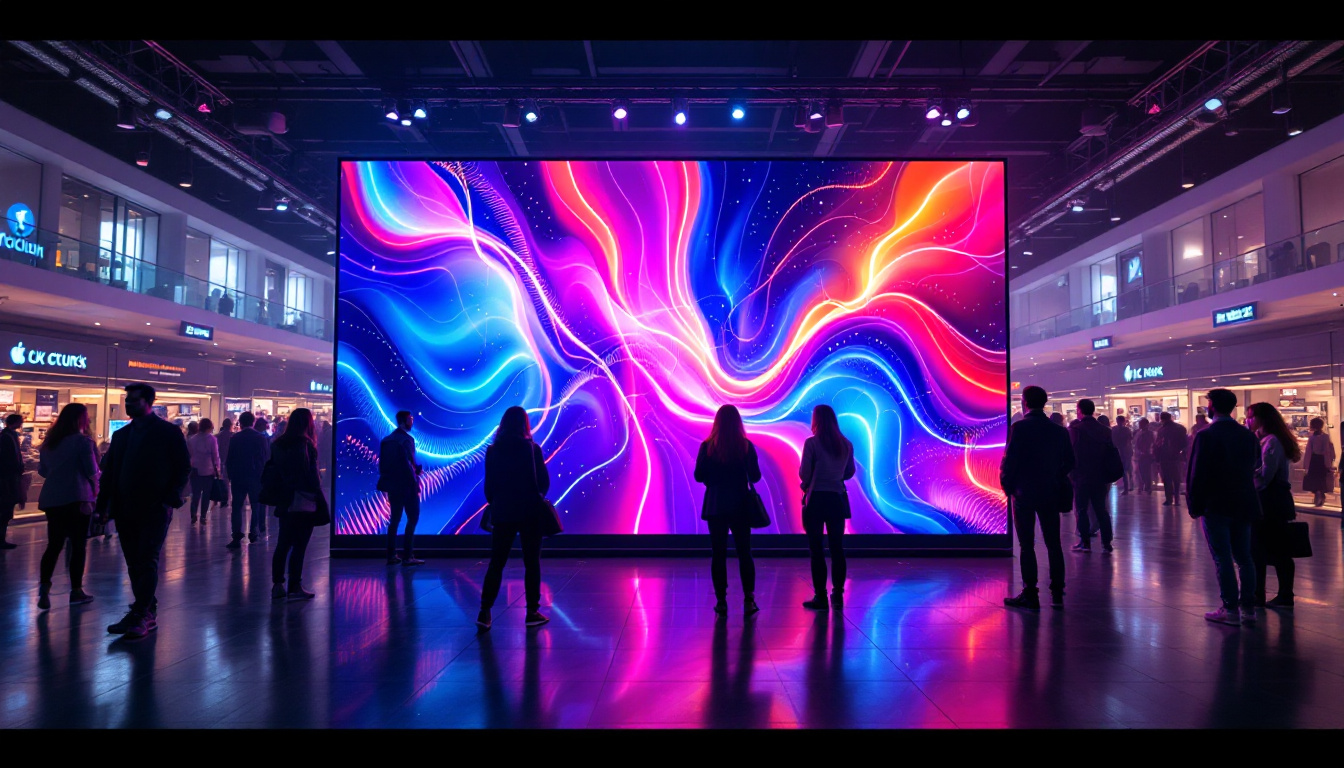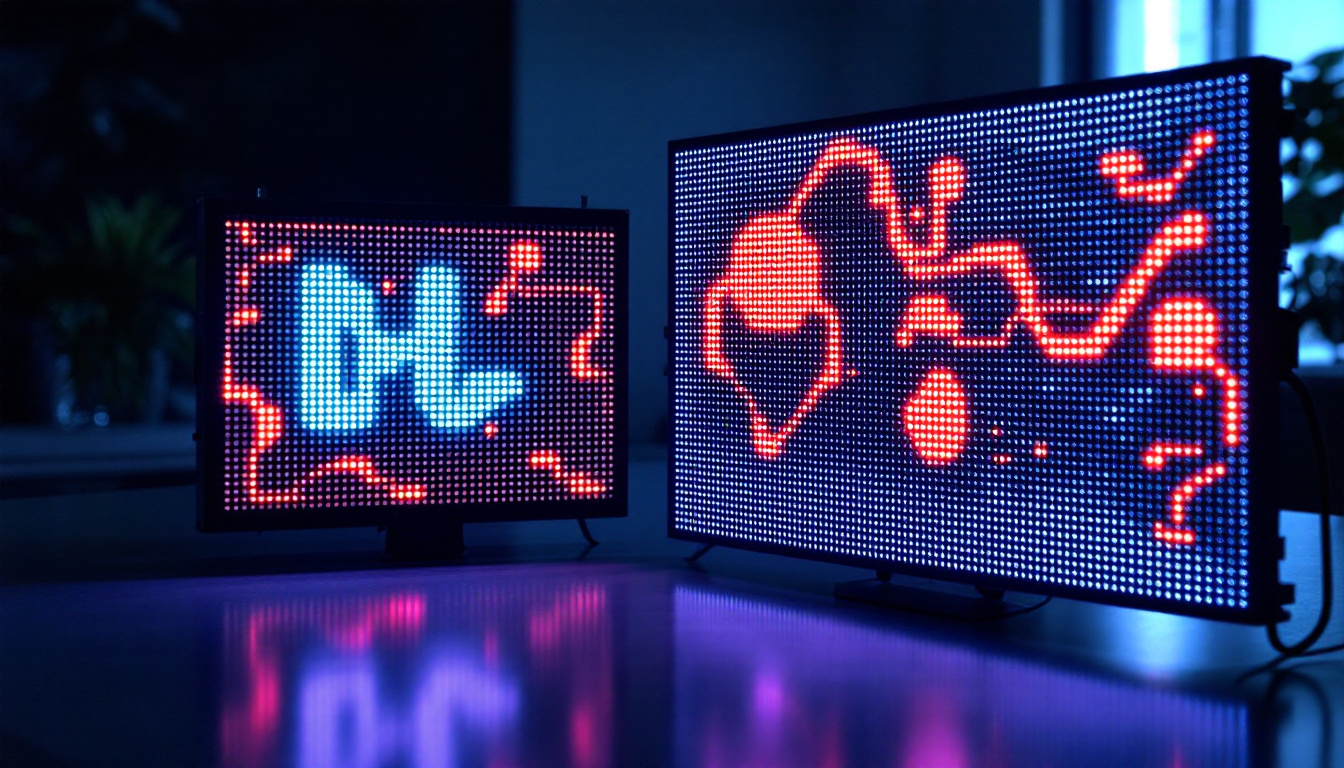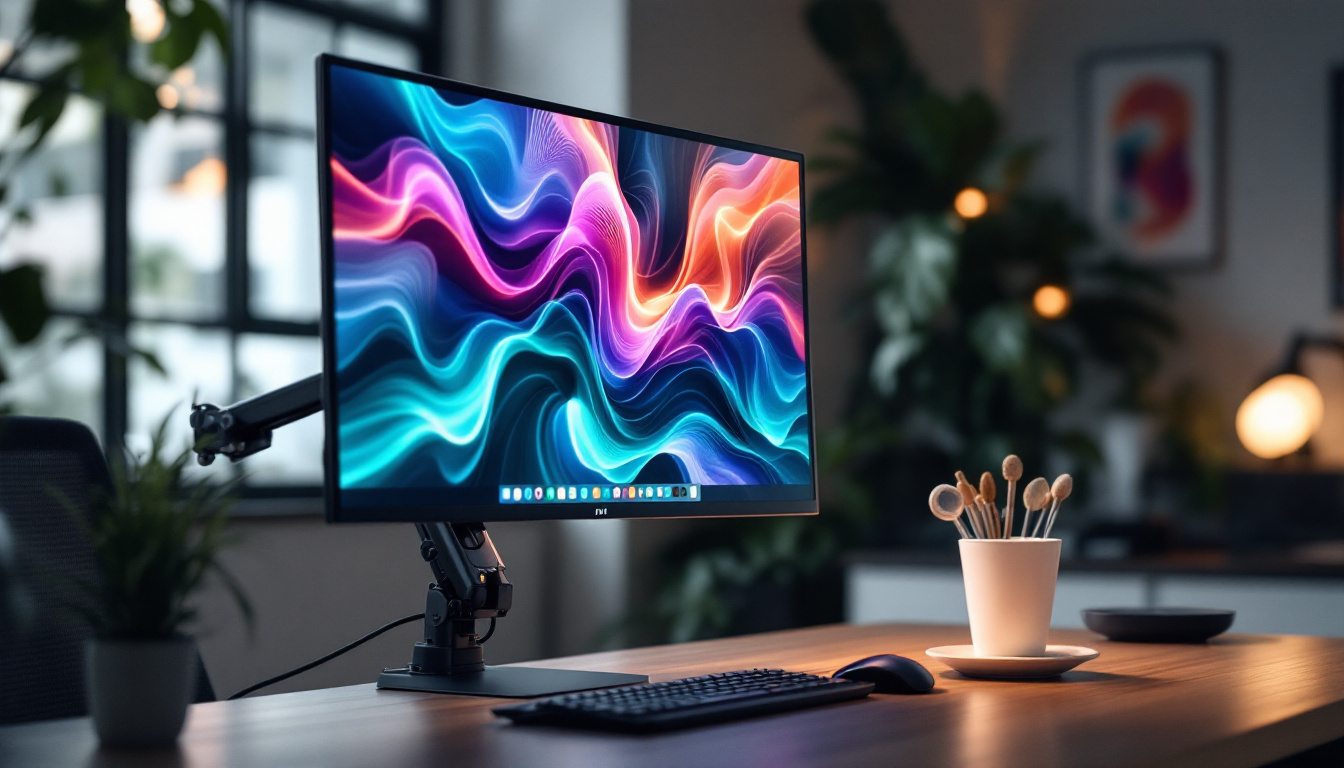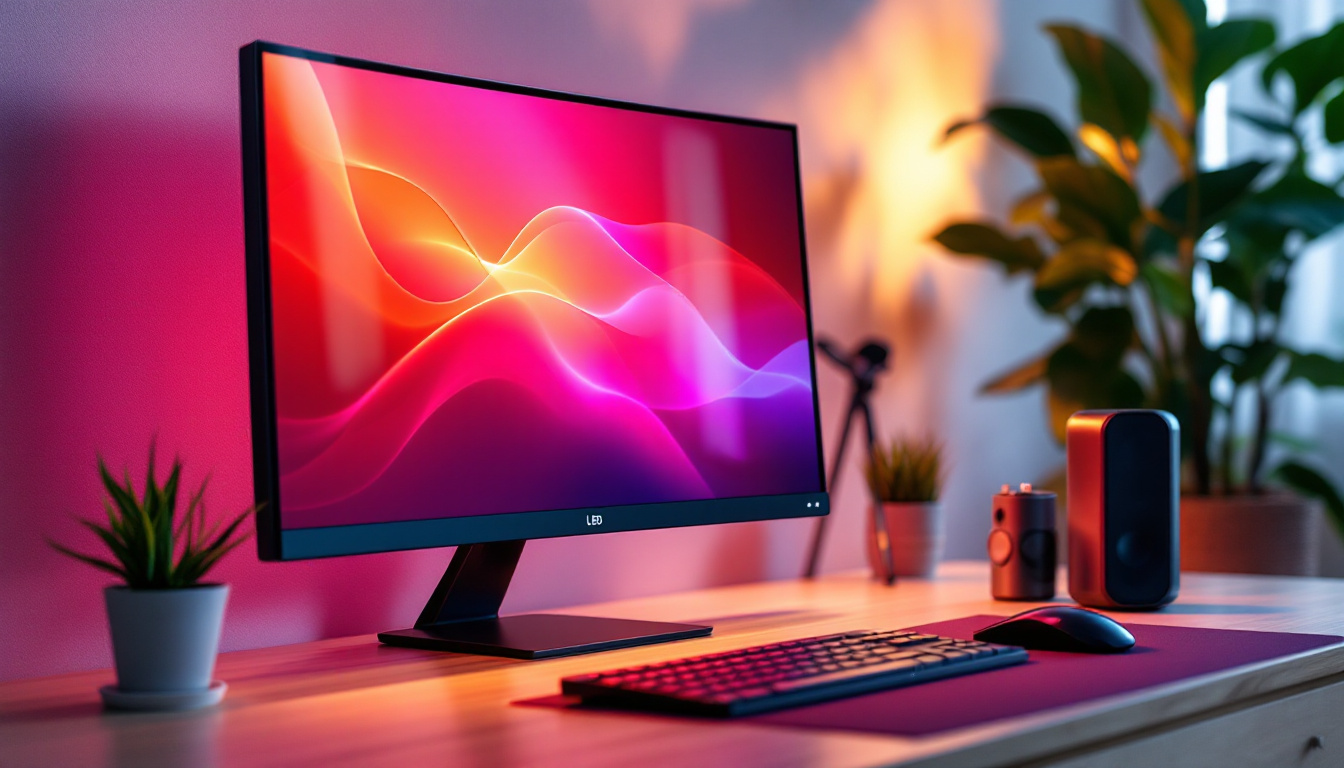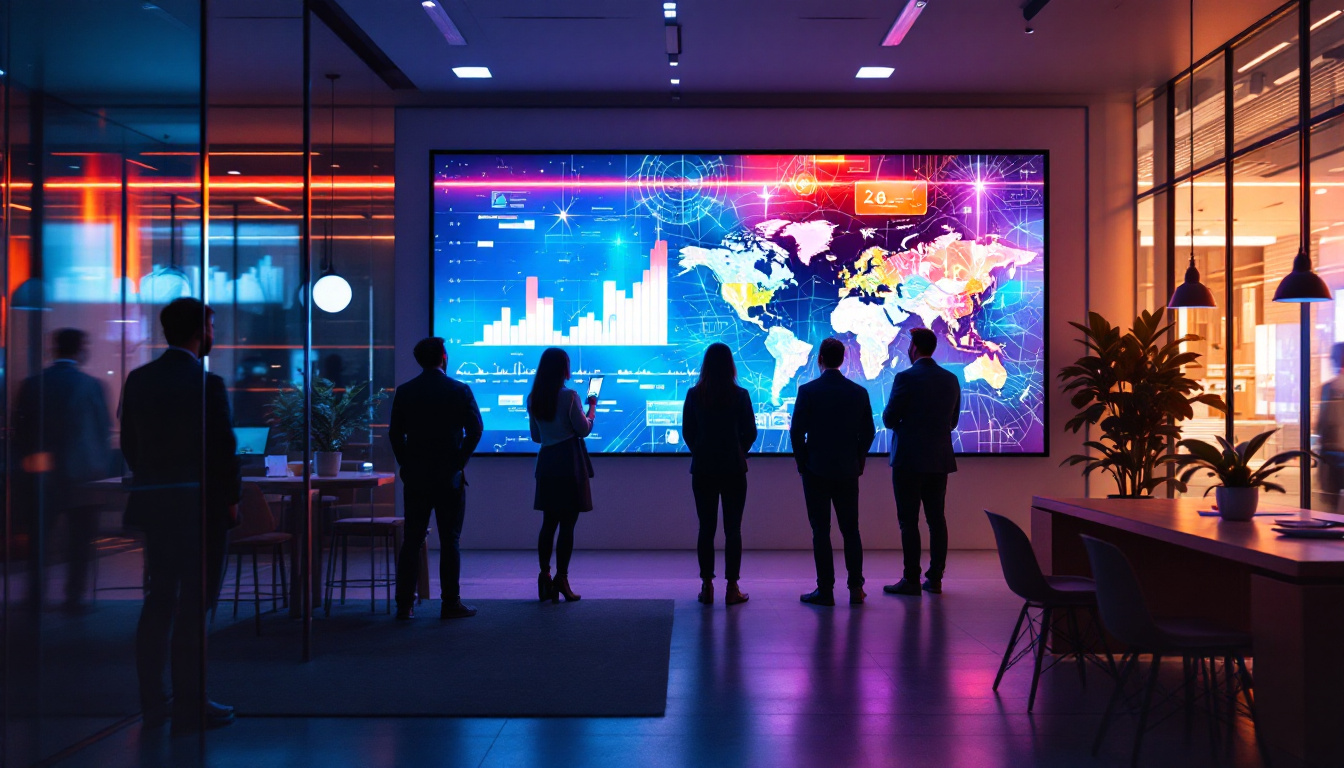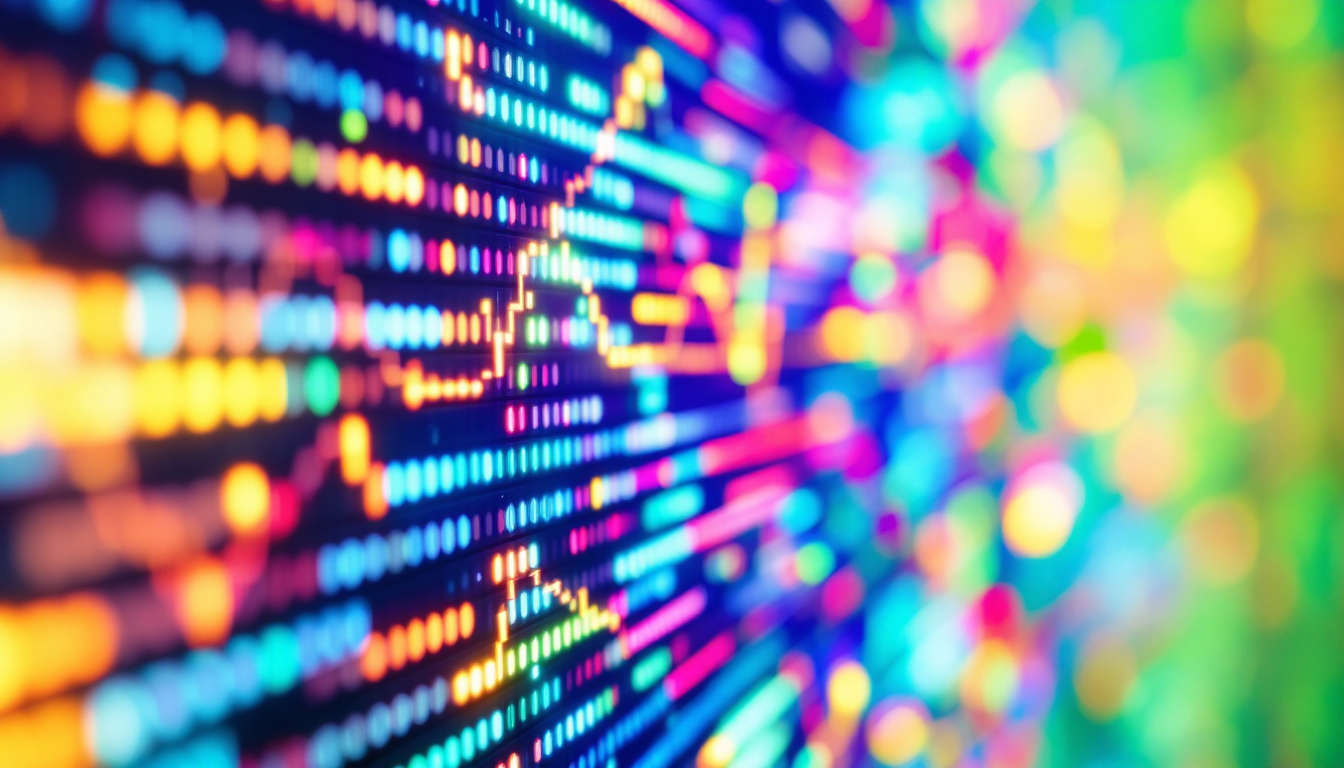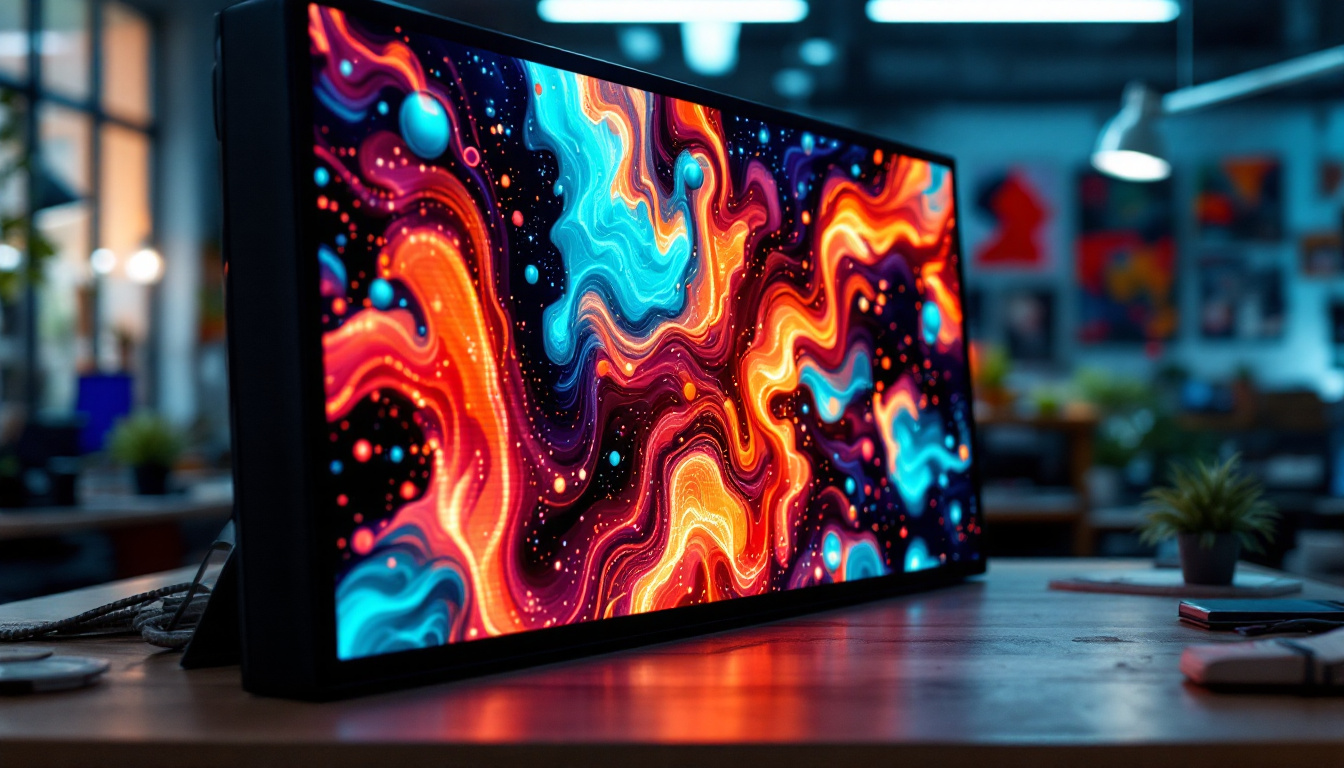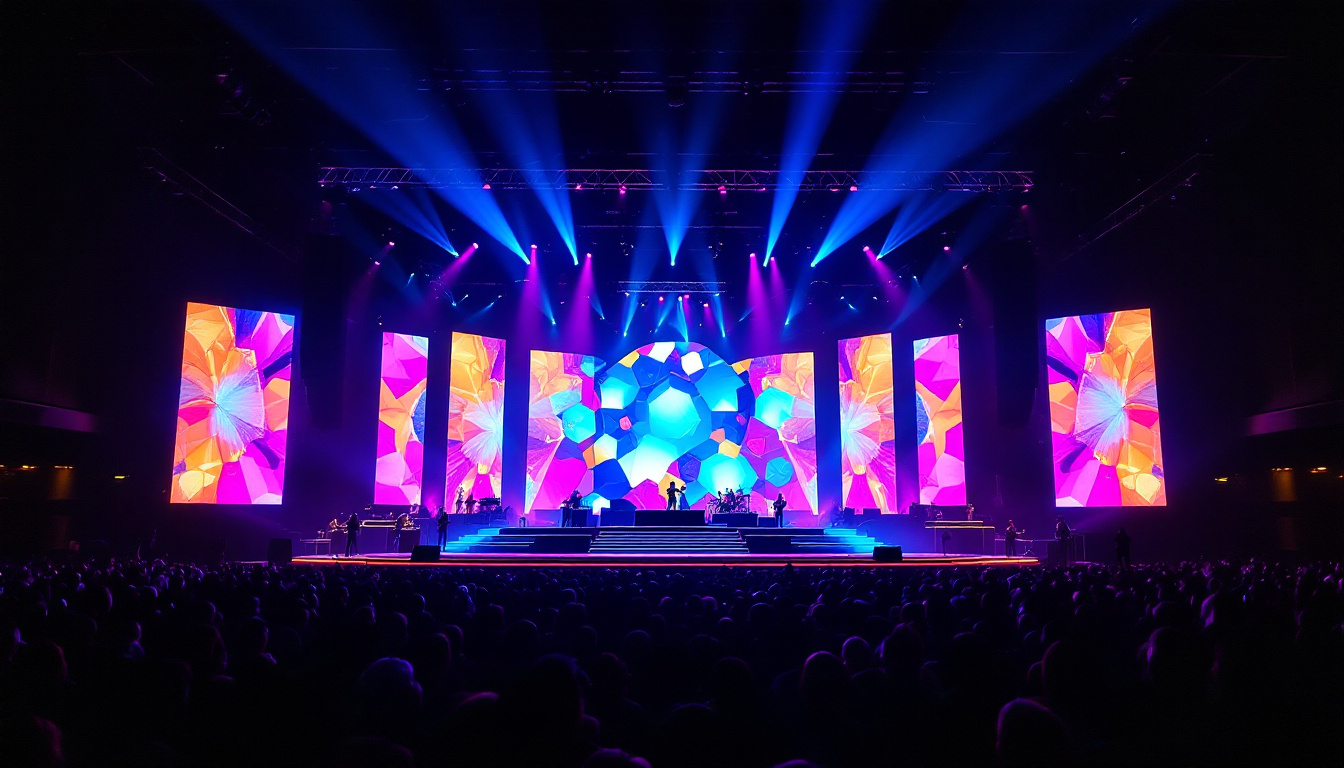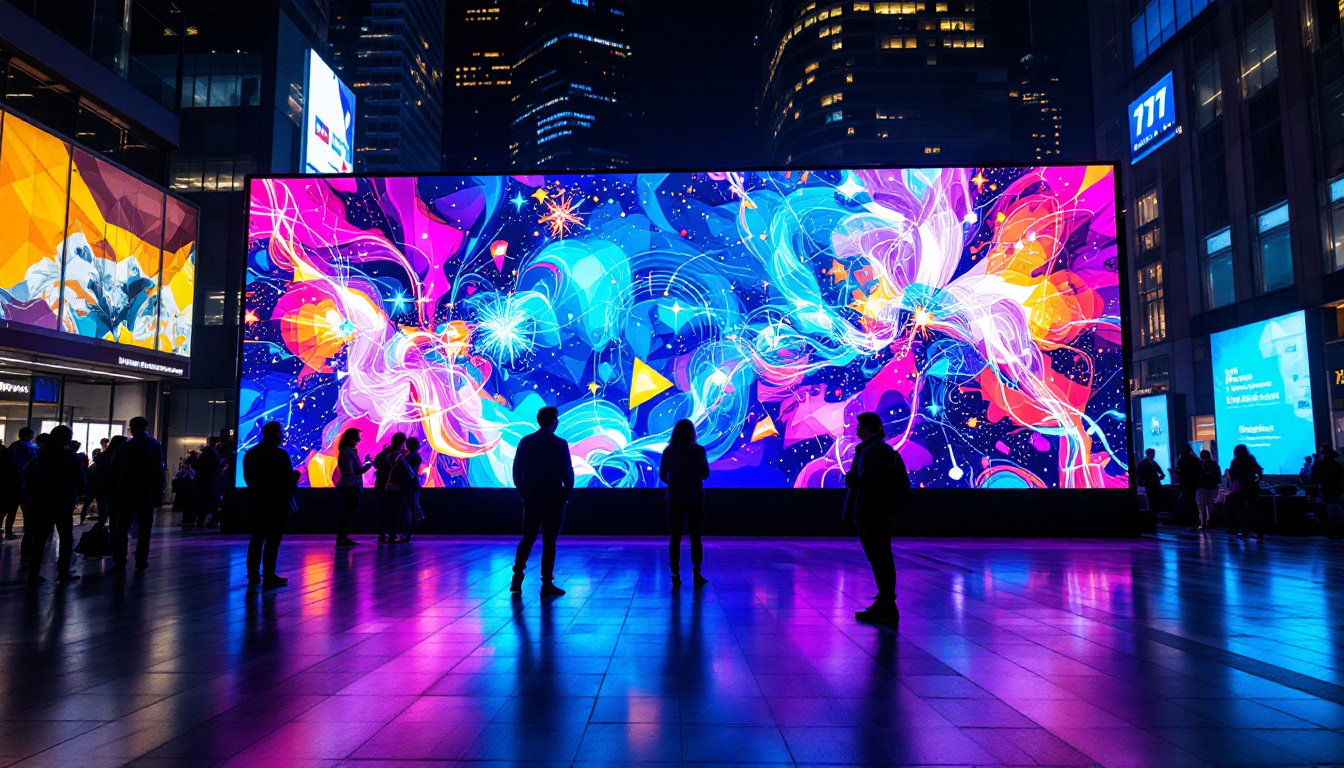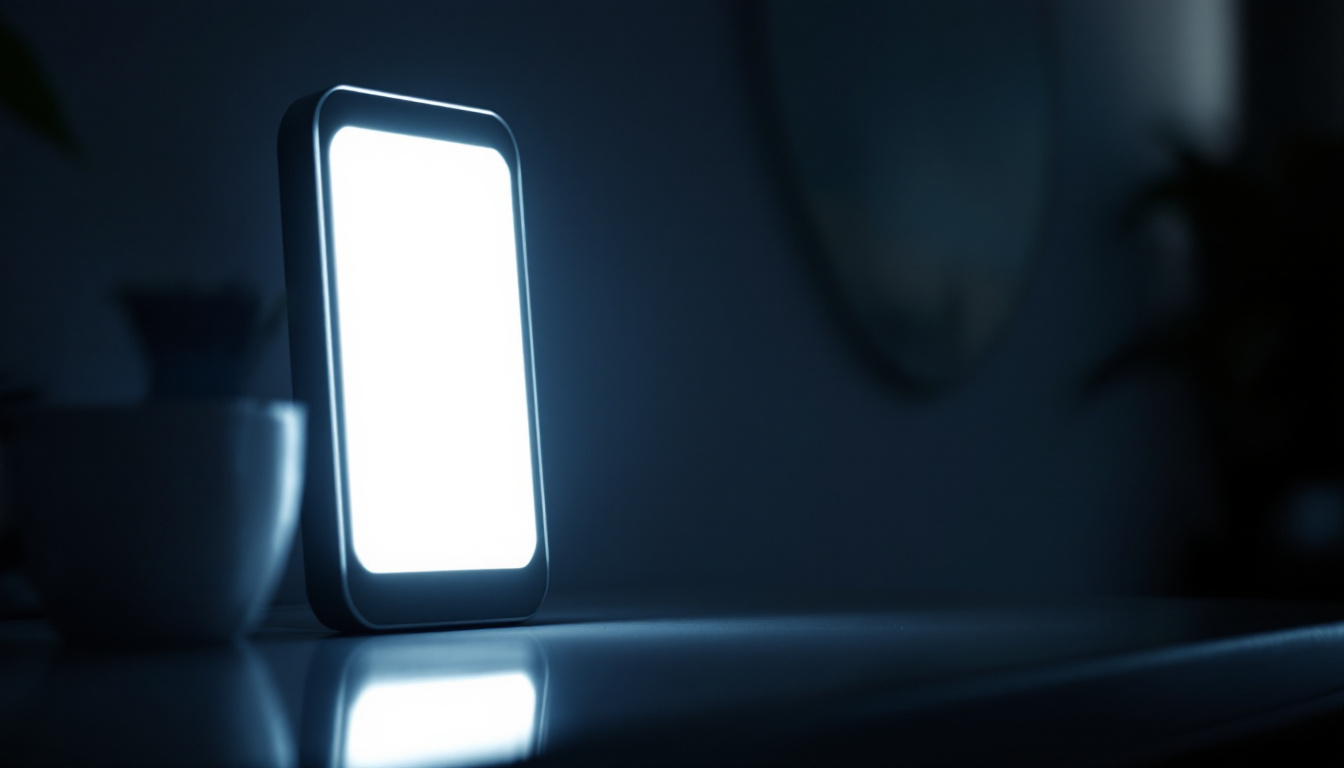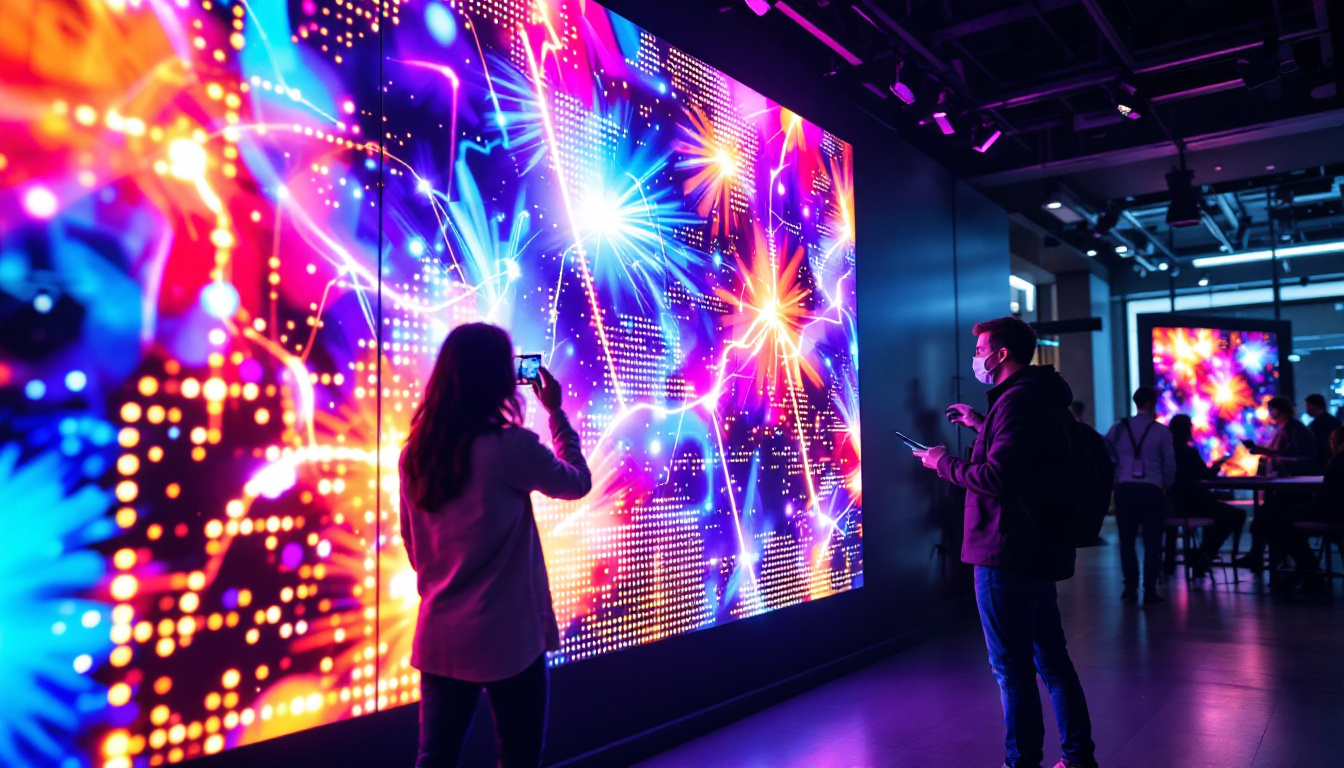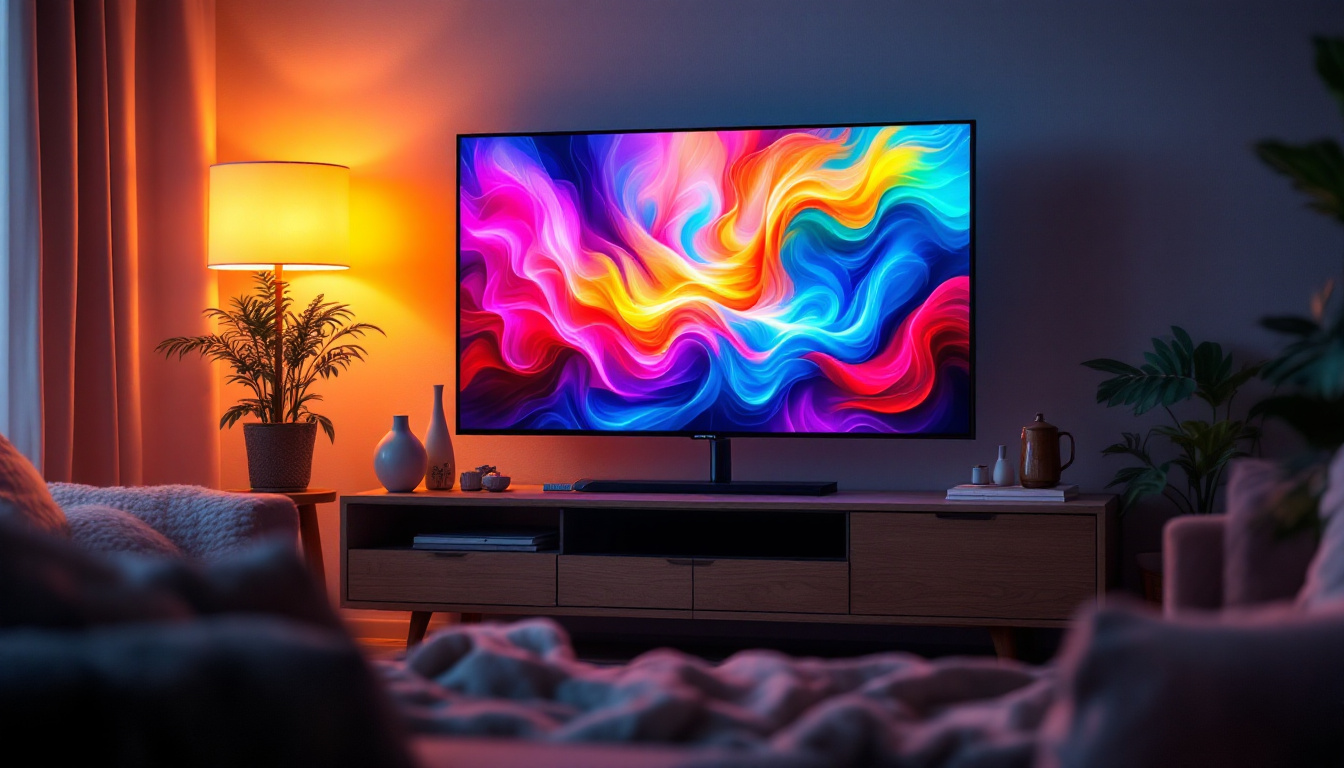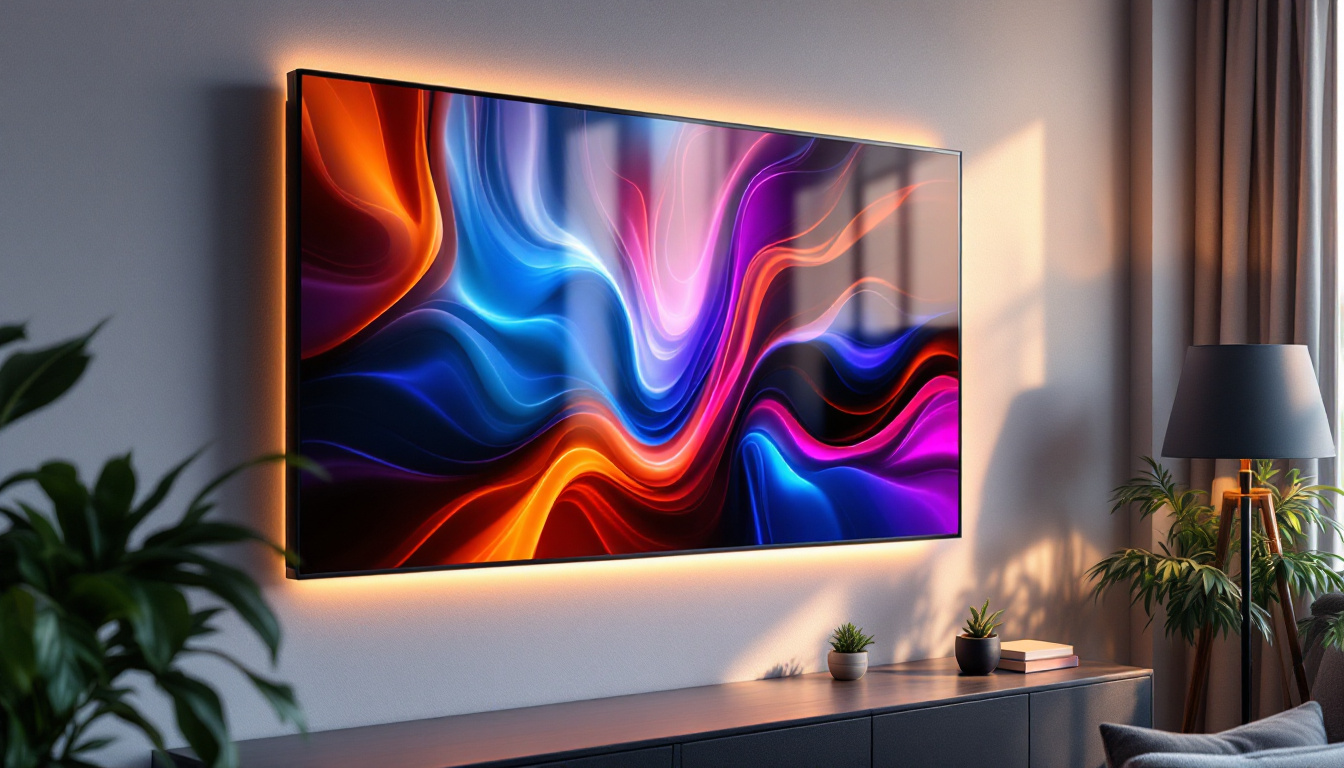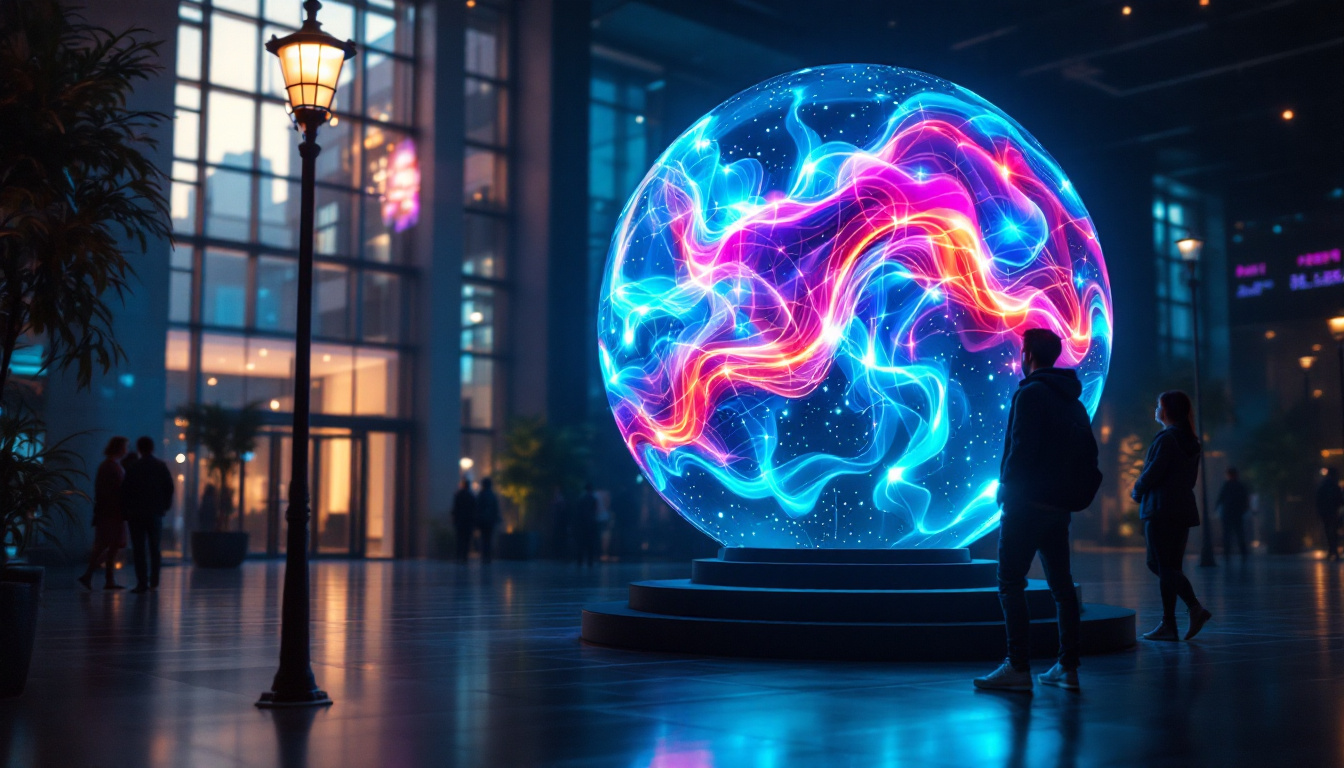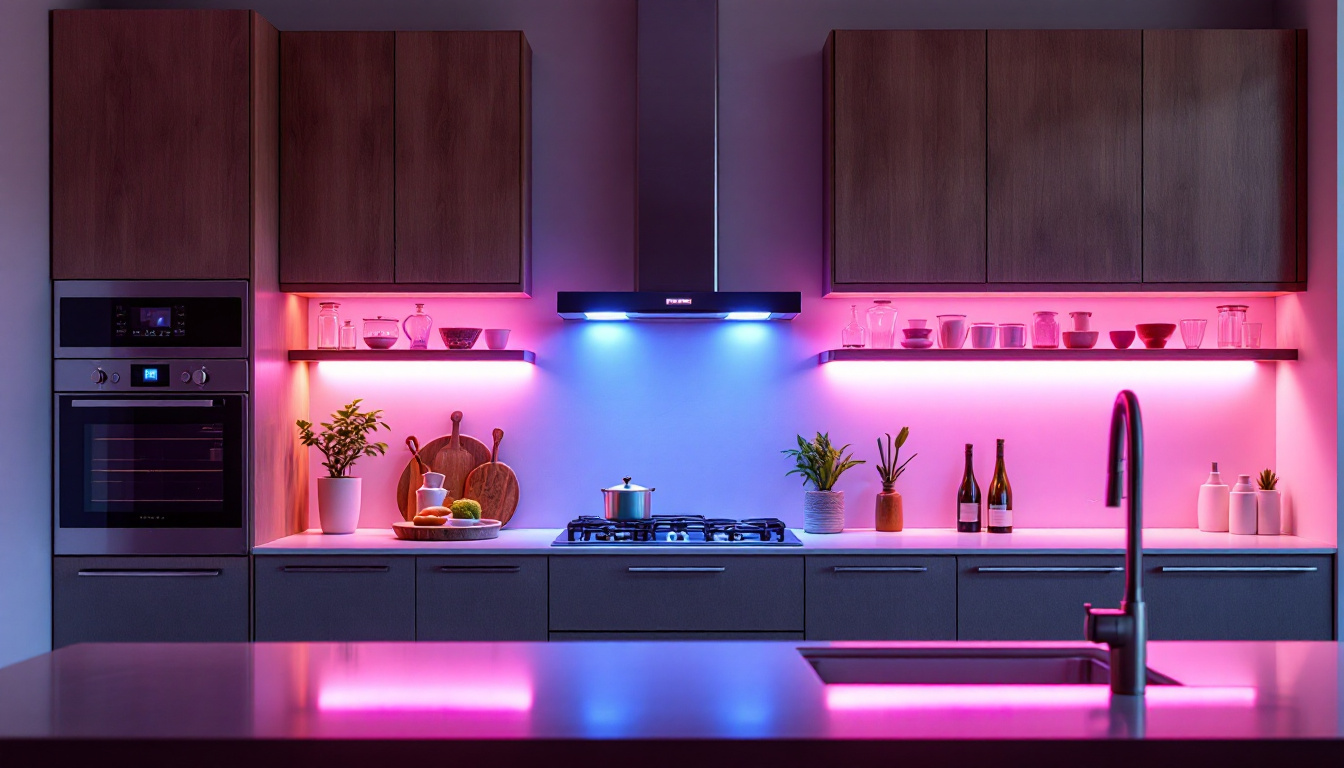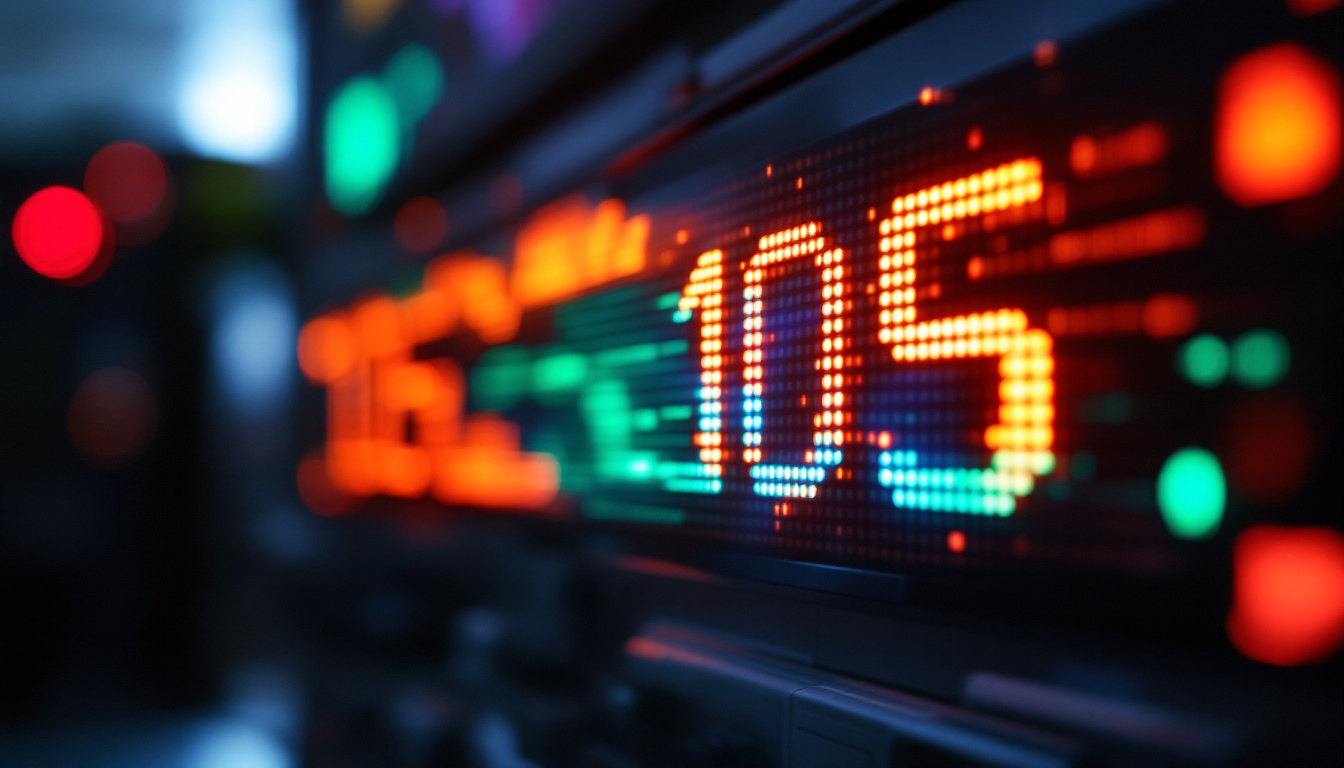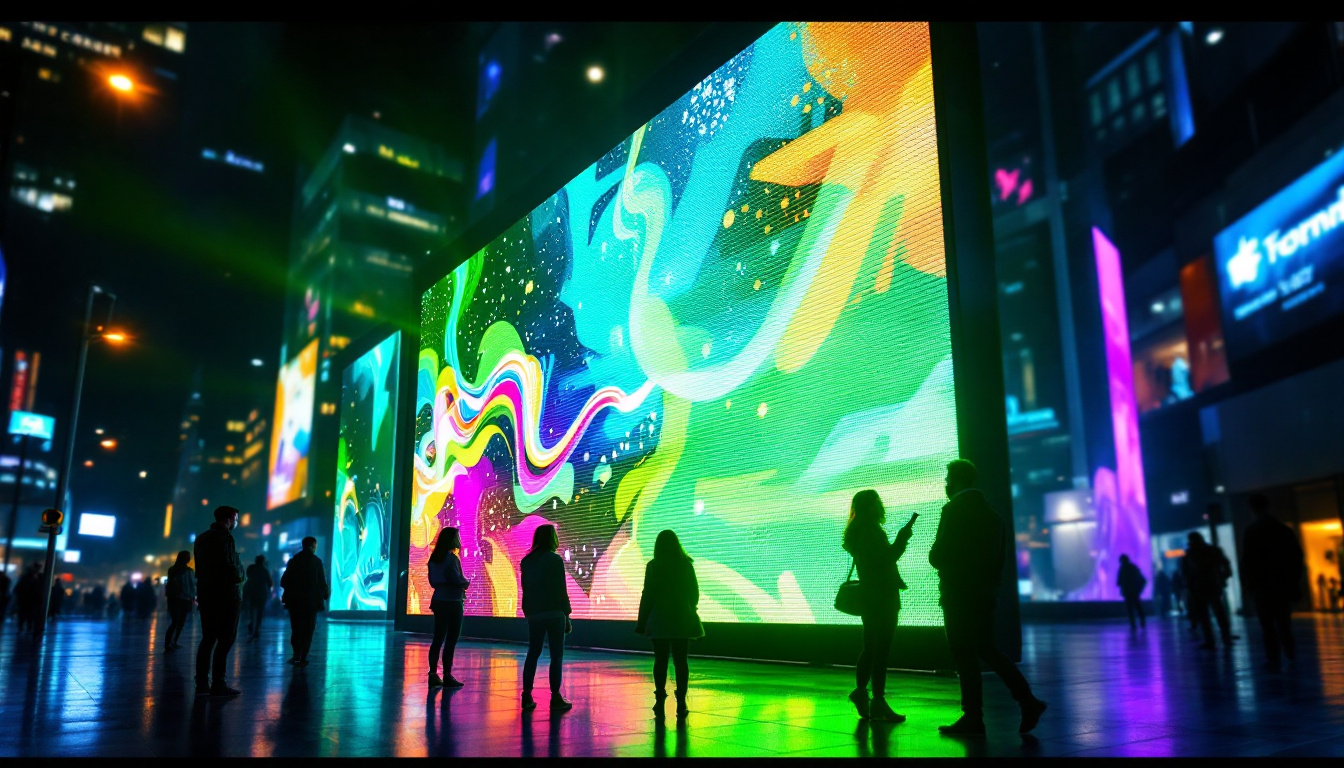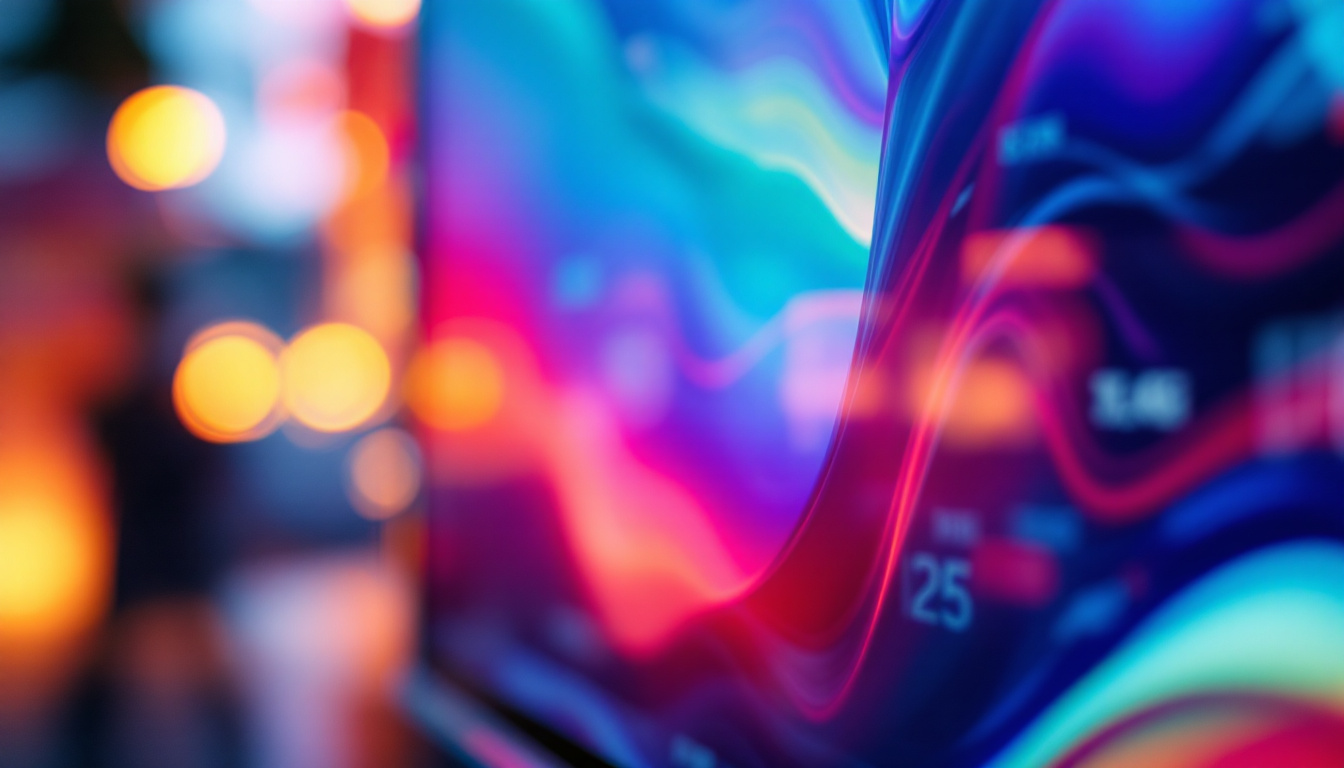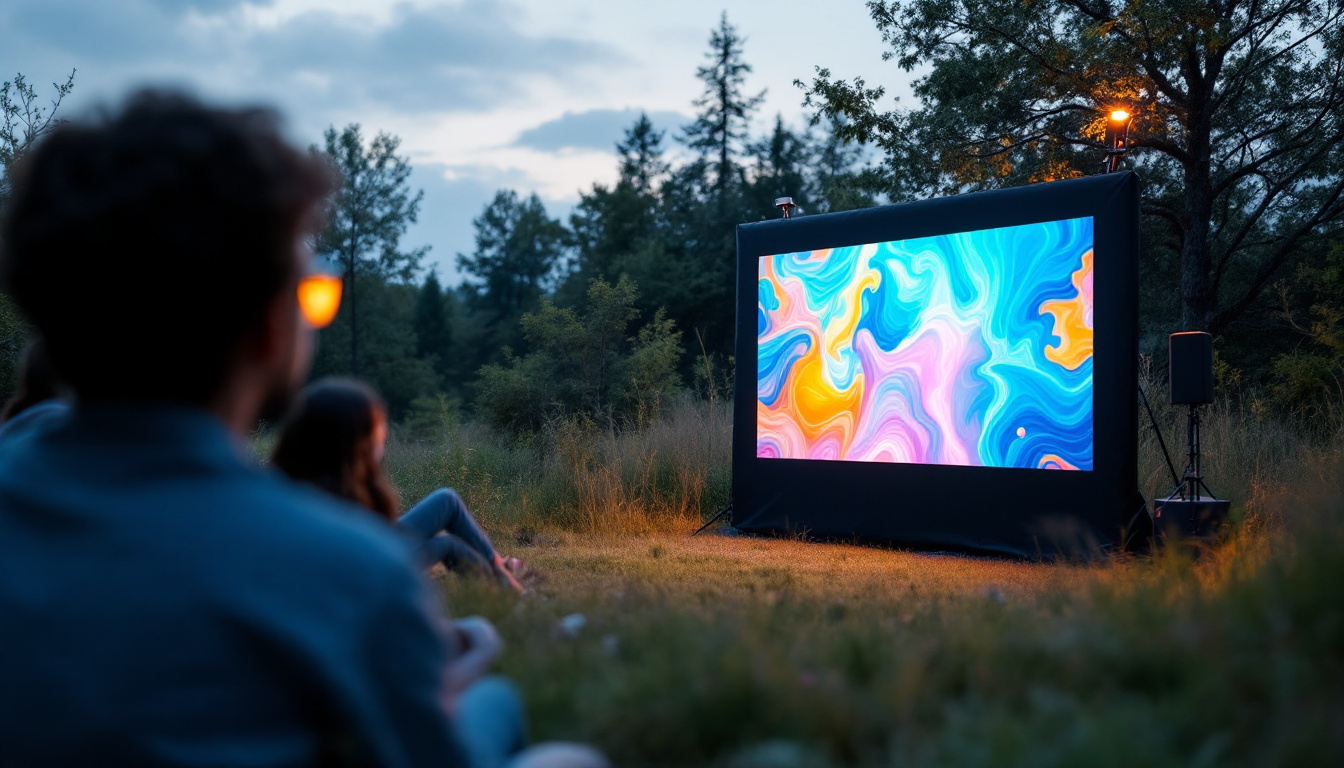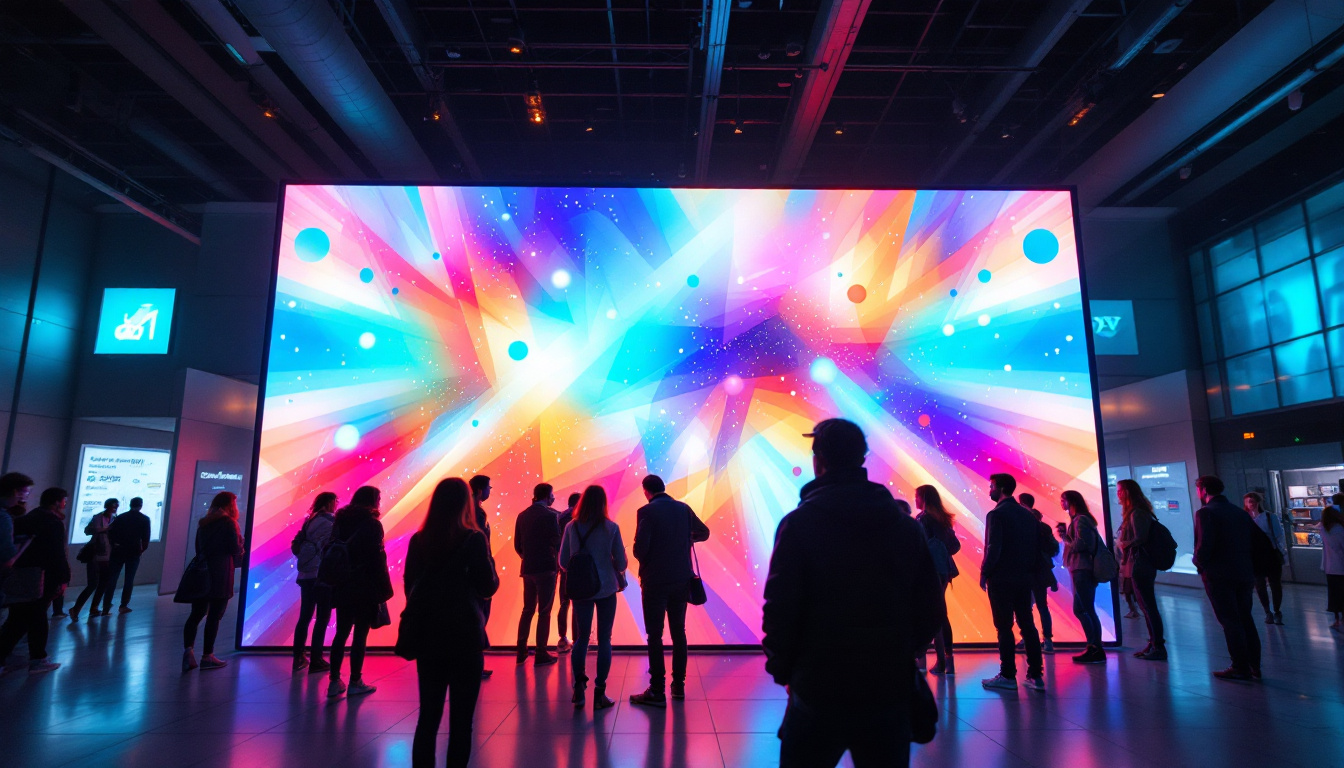In today’s digital age, the display technology used in monitors plays a crucial role in delivering high-quality visuals. Among the various types of displays, LED (Light Emitting Diode) technology has gained significant popularity due to its superior performance and energy efficiency. This article delves into the intricacies of LED monitors, explaining how they work, their advantages, and their applications in various fields.
Understanding LED Technology
LED technology is a type of flat-panel display that utilizes light-emitting diodes to produce images. Unlike traditional LCD (Liquid Crystal Display) monitors that rely on fluorescent backlighting, LED monitors incorporate LEDs for illumination. This fundamental difference leads to various benefits, including improved color accuracy, contrast ratios, and energy efficiency. The advancements in LED technology have made it a popular choice not only for televisions and computer monitors but also for a wide range of applications, including signage, automotive displays, and even architectural lighting.
How LED Monitors Work
At the core of an LED monitor is the combination of liquid crystals and LED backlighting. The liquid crystals are sandwiched between two layers of glass or plastic. When an electric current passes through the liquid crystals, they align in such a way that allows light to either pass through or be blocked, creating images on the screen. This process is further enhanced by the ability of LED technology to produce a broader spectrum of colors, which results in more vibrant and lifelike images compared to older technologies.
In LED monitors, the backlighting can be categorized into two types: edge-lit and full-array. Edge-lit LED monitors have LEDs positioned around the edges of the screen, which helps to create a slim profile. In contrast, full-array LED monitors have a grid of LEDs behind the entire screen, allowing for more precise control over brightness and contrast in different areas of the display. This capability is particularly beneficial for viewing high-definition content, as it can enhance the depth of blacks and the brilliance of whites, making the overall viewing experience more immersive.
Types of LED Displays
There are primarily two types of LED displays: RGB LED and white LED. RGB LED displays use red, green, and blue diodes to create a wide range of colors by mixing these primary colors. This type is often found in high-end displays, such as those used in professional video editing or graphic design. The precision of color reproduction in RGB LED displays makes them ideal for applications where color accuracy is paramount, such as digital art and photography.
On the other hand, white LED displays utilize a blue LED with a yellow phosphor coating to produce white light. This method is more common in consumer-grade monitors and televisions, offering a good balance between quality and cost-effectiveness. Additionally, advancements in technology have led to the development of various subtypes of white LEDs, including those that offer enhanced color gamuts and better energy efficiency. These innovations are paving the way for even more dynamic and environmentally friendly display options, catering to the growing demand for sustainable technology in consumer electronics.
Advantages of LED Monitors
LED monitors have become a preferred choice for many users due to their numerous advantages. Understanding these benefits can help consumers make informed decisions when purchasing a new display.
Energy Efficiency
One of the most significant advantages of LED monitors is their energy efficiency. Compared to traditional LCD monitors, LED displays consume less power, which not only reduces electricity bills but also minimizes environmental impact. This is particularly beneficial for users who spend long hours in front of their screens, as it contributes to lower energy consumption over time.
In addition to the direct savings on energy bills, the reduced power consumption of LED monitors contributes to a smaller carbon footprint. As more consumers become environmentally conscious, opting for energy-efficient technology aligns with sustainable practices. Furthermore, many LED monitors come with features such as automatic brightness adjustment, which further optimizes energy use based on ambient lighting conditions, enhancing both user experience and eco-friendliness.
Improved Color Accuracy and Brightness
LED monitors are known for their superior color accuracy and brightness levels. The use of LEDs allows for a broader color gamut and more vibrant colors, enhancing the overall viewing experience. This is especially important for professionals in fields such as graphic design, photography, and video editing, where color precision is paramount.
Moreover, LED monitors can achieve higher brightness levels than traditional LCDs, making them suitable for use in well-lit environments. This characteristic ensures that images remain clear and vivid, even in challenging lighting conditions. Additionally, many LED monitors feature advanced technologies such as HDR (High Dynamic Range), which further enhances the contrast and detail in images, providing a more immersive viewing experience. This level of detail is crucial for content creators who need to ensure that their work translates well across various devices and platforms.
Thin and Lightweight Design
Another appealing feature of LED monitors is their sleek and lightweight design. The compact nature of LED technology allows manufacturers to create thinner displays, making them more aesthetically pleasing and easier to transport. This is particularly advantageous for users who require portable setups, such as graphic designers or gamers who attend events and competitions.
Furthermore, the thin profile of LED monitors has made them a popular choice for multi-monitor setups, as they can be arranged in a way that maximizes screen real estate without overwhelming the workspace. The lightweight design also facilitates easy mounting on walls or adjustable stands, providing users with flexibility in their work environments. As a result, LED monitors not only enhance productivity but also contribute to a more organized and visually appealing workspace, catering to both functionality and style.
Applications of LED Monitors
LED monitors are versatile and find applications across various sectors. From personal use to professional environments, their adaptability makes them a popular choice for many users.
Gaming
The gaming industry has embraced LED monitors for their fast response times and high refresh rates. Gamers benefit from the enhanced visuals and reduced motion blur that LED technology offers, providing a more immersive experience. Additionally, many LED monitors come equipped with features such as adaptive sync technology, which helps eliminate screen tearing and stuttering during gameplay.
Professional Use
In professional settings, LED monitors are widely used in graphic design, video editing, and photography. The accurate color reproduction and high resolution of LED displays make them ideal for tasks that require precise visual representation. Professionals can rely on LED monitors to ensure that their work is displayed as intended, minimizing the risk of color discrepancies.
Home Entertainment
For home entertainment, LED monitors have become the go-to choice for televisions and home theater systems. Their ability to deliver stunning visuals and vibrant colors enhances the viewing experience for movies, sports, and video games. With the advent of smart LED monitors, users can also enjoy streaming services and online content directly from their displays, further increasing their functionality.
Choosing the Right LED Monitor
When selecting an LED monitor, several factors should be considered to ensure that it meets the user’s specific needs. Understanding these aspects can help in making an informed decision.
Screen Size and Resolution
The screen size and resolution are critical factors to consider when purchasing an LED monitor. A larger screen can provide a more immersive experience, especially for gaming or watching movies. However, it is essential to balance size with resolution; a higher resolution ensures that images remain sharp and clear, even on larger displays.
Common resolutions include Full HD (1920×1080), Quad HD (2560×1440), and 4K Ultra HD (3840×2160). Users should choose a resolution that aligns with their intended use, whether for gaming, professional work, or casual viewing.
Refresh Rate and Response Time
The refresh rate and response time are crucial specifications for users who prioritize smooth visuals, particularly in gaming. The refresh rate, measured in hertz (Hz), indicates how many times the display refreshes per second. A higher refresh rate, such as 144Hz or 240Hz, results in smoother motion and reduced motion blur.
Response time, measured in milliseconds (ms), refers to how quickly a pixel can change from one color to another. A lower response time is preferable for gaming, as it minimizes ghosting and blurring during fast-paced action.
Connectivity Options
Connectivity options are another essential consideration when choosing an LED monitor. Users should ensure that the monitor has compatible ports for their devices, such as HDMI, DisplayPort, or USB-C. Additionally, built-in features like speakers or USB hubs can enhance the overall functionality of the monitor.
Maintenance and Care for LED Monitors
To ensure the longevity and optimal performance of LED monitors, proper maintenance and care are essential. Following a few simple guidelines can help users keep their displays in excellent condition.
Cleaning the Screen
Regular cleaning of the monitor screen is crucial to maintain clarity and prevent dust and smudges from affecting the viewing experience. It is advisable to use a microfiber cloth and a gentle cleaning solution specifically designed for electronics. Users should avoid using harsh chemicals or abrasive materials that can damage the screen’s surface.
Adjusting Brightness and Contrast
Adjusting the brightness and contrast settings can significantly enhance the viewing experience. Users should find a balance that suits their environment and personal preferences. Additionally, utilizing features like blue light filters can help reduce eye strain during prolonged use, especially in low-light conditions.
Proper Placement and Ventilation
Proper placement of the monitor is essential for optimal performance. Users should ensure that the monitor is positioned at eye level to reduce neck strain and improve comfort. Adequate ventilation is also crucial; placing the monitor in a well-ventilated area prevents overheating and prolongs its lifespan.
Conclusion
LED monitors have revolutionized the way users interact with digital content. Their energy efficiency, superior color accuracy, and versatility make them an excellent choice for a wide range of applications, from gaming to professional work. By understanding the technology behind LED displays and considering key factors when choosing a monitor, users can enhance their viewing experience and make informed decisions that suit their needs.
As technology continues to evolve, LED monitors are likely to become even more advanced, offering even greater performance and features. Staying informed about the latest developments in display technology will ensure that users can take full advantage of the benefits that LED monitors have to offer.
Discover LumenMatrix’s Advanced LED Display Solutions
Ready to experience the future of display technology? LumenMatrix is at the forefront of LED innovation, offering a wide array of LED display solutions that cater to your every need. Whether you’re looking to elevate your brand’s visibility with an Indoor LED Wall Display, captivate passersby with an Outdoor LED Wall Display, or engage sports fans with a dynamic LED Sports Display, LumenMatrix has the cutting-edge technology to bring your vision to life. Immerse yourself in the world of vibrant colors and unparalleled clarity with LumenMatrix’s LED display modules. Don’t miss the opportunity to transform your visual communication and create unforgettable experiences. Check out LumenMatrix LED Display Solutions today and see the difference for yourself.

